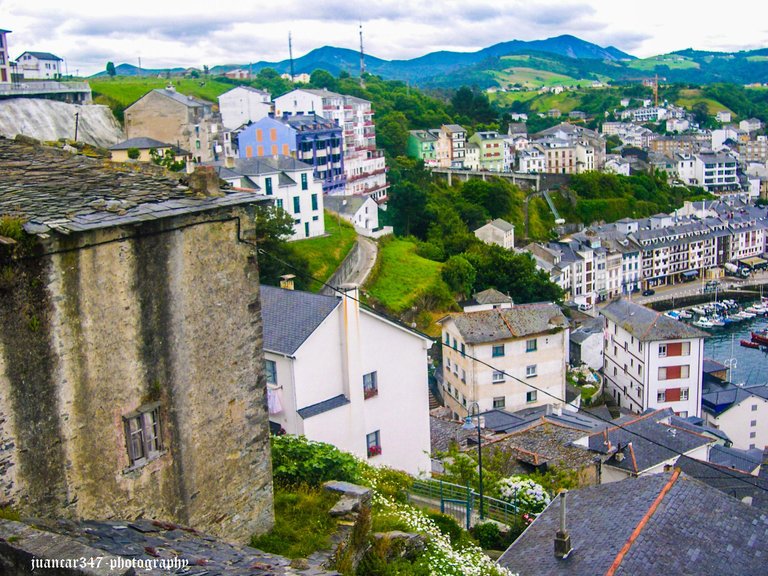
One of the most impressive fishing villages in Asturias, located like a pearl of unalterable beauty on the shores of an imposing sea, the Cantabrian Sea, whose abysmal trenches are comparable, according to some claims, to that of the Marianas, also served as a reference for one of the most amazing and, at the same time, most unknown stories from that introverted recreator of cosmic terrors who was the American writer, Howard Phillips Lovecraft. He did not do it, however, taking refuge in those minor relatives of the supernatural Cthulhu, which are the monstrous giant squids that frequent these cold and deep waters, but, on the contrary, placing the origin of the protagonist in this dream city. of his chilling story, the one titled 'The Mound', written in collaboration with a writer he detested, Zealia Bishop, narrating the cruel fate of the Spanish adventurer in the chilling underground underworld of Xinaian.

Similar to the enigmas that surround the mysterious culture of the North American Mounds - the setting, in reality, of the aforementioned story - the protohistory of Luarca also deserves a separate look, which perhaps Lovecraft was not unaware of, since, in its own name, it contains two elements of suspicious intrigue: 'Lug', the name of a mysterious god of Celtic culture, founder of cities - such as, for example, Lugo, in neighboring Galicia - and 'ark', a term with which they formerly referred to the dolmens, elements of a prehistoric culture, which, in essence, could be related to the mysterious culture of the Mounds, since, as in these, the upper part was only the tip of the iceberg of what was really hidden in its bowels.
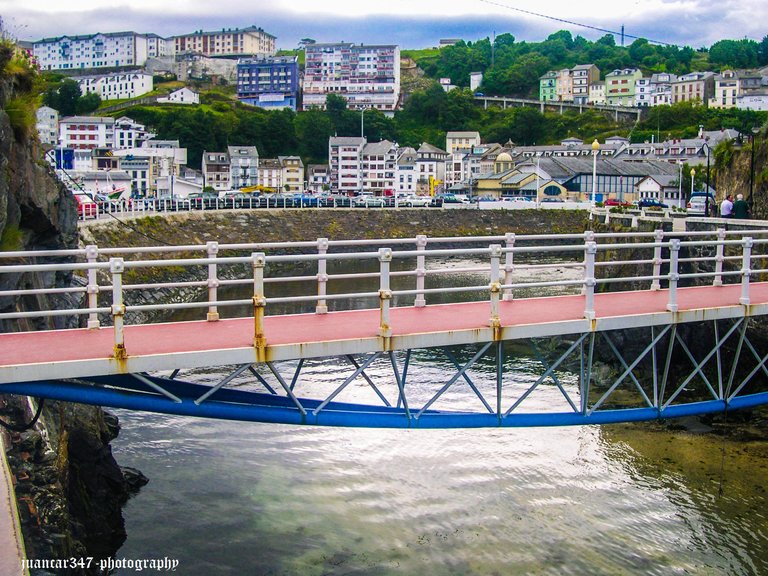
Una de las villas marineras más impresionantes de Asturias, situada como una perla de inalterable belleza a la vera de un mar imponente, el Cantábrico, cuyas fosas abismales son comparables, según algunas afirmaciones, a la de las Marianas, sirvió también de referencia para uno de los relatos más alucinantes y a la vez, más desconocidos de ese introvertido recreador de terrores cósmicos que fue el escritor norteamericano, Howard Phillips Lovecraft. No lo hizo, sin embargo, amparándose en esos parientes menores del sobrenatural Cthulhu, que son los monstruosos calamares gigantes que frecuentas éstas frías y profundas aguas, sino, que, por el contrario, situando en esta ciudad de ensueño el origen de procedencia del protagonista de su escalofriante relato, aquél que lleva por título ‘El Montículo’, escrito en colaboración con una escritora a la que detestaba, Zealia Bishop, narrando el cruel destino del aventurero español en el escalofriante inframundo subterráneo de Xinaian.
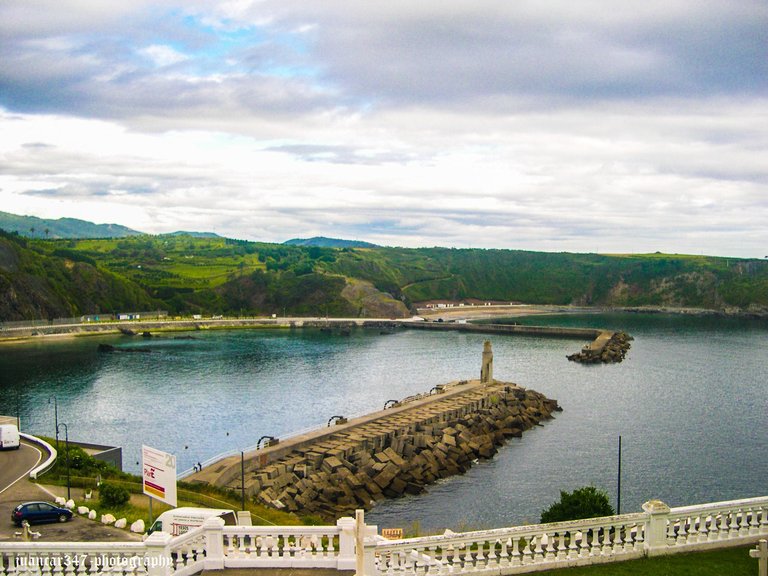
Similar a los enigmas que envuelven a la misteriosa cultura de los Mounds norteamericanos -escenario, en realidad, del referido relato- la protohistoria de Luarca también merece un vistazo aparte, que quizás no ignorara Lovecraft, pues ya, en su propio nombre, contiene dos elementos de suspicaz intriga: ‘Lug’, el nombre de un misterioso dios de la cultura celta, fundador de ciudades -como, por ejemplo, Lugo, en la vecina Galicia- y ‘arca’, término con el que antiguamente se referían a los dólmenes, elementos de una cultura prehistórica, que, en esencia, podrían estar relacionados con la misteriosa cultura de los Mounds, pues, al igual que en estos, la parte superior era tan sólo la punto del iceberg de lo que realmente se ocultaba en sus entrañas.
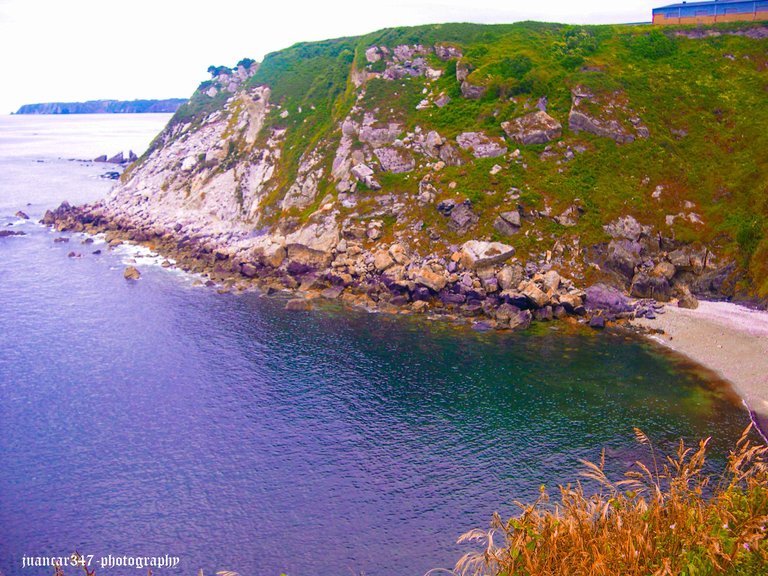
NOTICE: Both the text and the accompanying photographs are my exclusive intellectual property and are therefore subject to my Copyright.
AVISO: Tanto el texto, como las fotografías que lo acompañan, son de mi exclusiva propiedad intelectual y por lo tanto, están sujetos a mis Derechos de Autor.
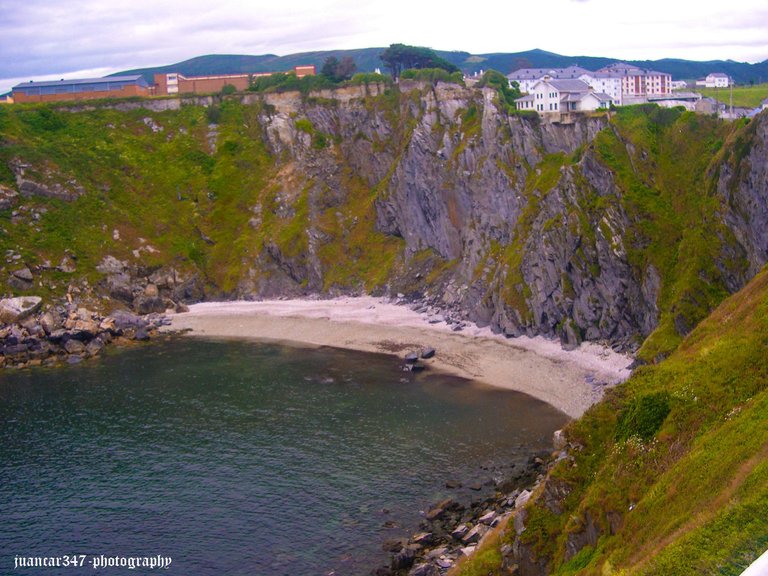
The view of this fishing village looks very enchanting and very beautiful
It is one of the most beautiful places on the Cantabrian coast, in the North of Spain.
La villa blanca de la costa verde.
Ni más ni menos. La he conocido toda la vida, pues de allí son mis raíces. Y siempre he sentido una pasión muy especial por este lugar, del que conservo muchos y muy buenos recuerdos.
Yo es que vivo relativamente cerca, digo relativamente porque ahora es un momento pero cuando tenía 10 o 12 años era toda una aventura.
Imagino, entonces, que debes de ser vecino de Lugo, que es la comunidad gallega que más cerca está de esta zona de Asturias.
No, soy de la zona de Avilés, íbamos cinco en un coche camino del camping de Viveiro cargados hasta arriba con los trastos de camping y eran como cuatro horas de viaje.
A unos cien kilómetros, más o menos, entonces. Hace muchos años que no piso Avilés. La última vez, que recuerde, era apenas un crío y paramos allí, en casa de unos parientes, antes de dirigirnos hacia Luarca.
These are really wonderful pictures you took over here
Thank-you very much
That means that a lot of people from Austria should live fishing and it must be a very common job there…
In reality, this was the case in the past, because now fishing is more difficult and the trade, due to circumstances, is being lost. But an important detail: it is Asturias, Spain and not Austria. Austria is another country.
#hive #posh